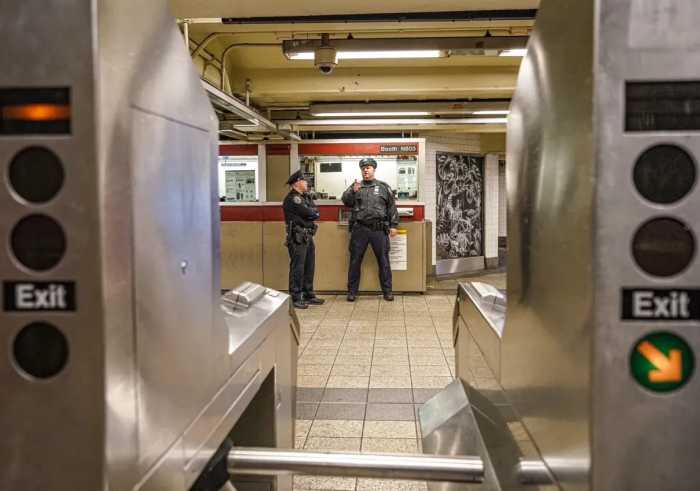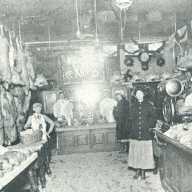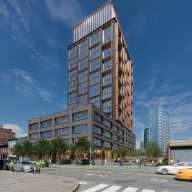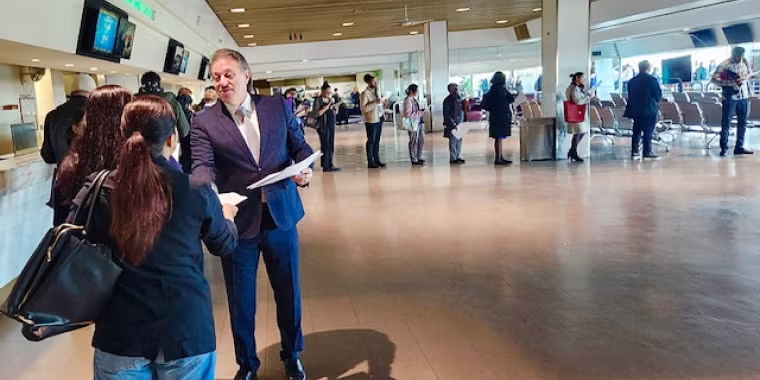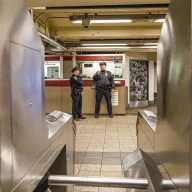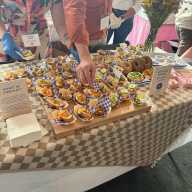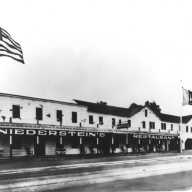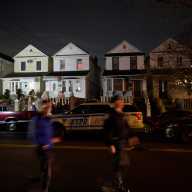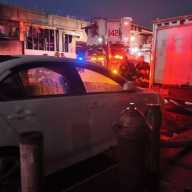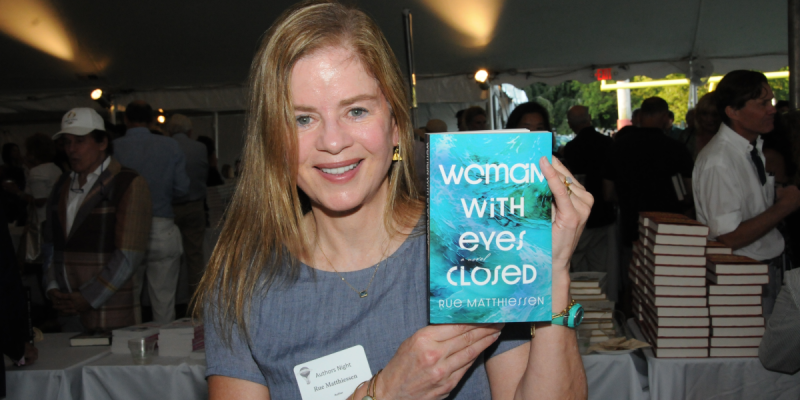A phone call on Martin Luther King Day - when most city offices are closed - is credited with saving nine trees in Jamaica Estates from mutilation, and has shaken up the system for permitting private contractors to touch street trees.
It all started when a resident noticed that a Long Island contractor, New York Tree & Shrub, was cutting much of the top off several trees on 80th Drive, between Kent and Chevy Chase Streets in Jamaica Estates.
Posted notices indicated that the contractor had a permit to do the same to a total of 15 trees on the quiet residential block, which runs westerly from the foot of a small hill.
Suspicious because the work was being done on the holiday, and because none of the homeowners on the block knew who had hired the contractor, the informant contacted the office of City Councilmember James Gennaro, who chairs the Environmental Protection Committee, on Monday, January 21. Fortunately, staffers were there to take the call, and knew Gennaro was in Park City, Utah, attending the 2008 Sundance Film Festival, promoting a pro-sustainable fuel documentary, “Fields of Fuel” in which he appears.
He contacted top officials at the New York City Department of Parks & Recreation on Tuesday morning, and by Wednesday, January 23, the saws were silenced.
According to a letter delivered to about 40 residents of the block from Parks Commissioner Adrian Benepe, the permits were “improperly issued.” Furthermore, “the six trees were not pruned according to [Parks Department] standards,” he said.
Benepe also indicated that the Forestry Division had completed a damage report, and was assessing the damage to the trees and “possible related fines.”
The revelations came at a sparsely-attended public meeting at the Hillcrest Public Library on Thursday, January 31, at which Gennaro, Dorothy Lewandowski, Queens Parks Commissioner, and members of their staffs explained the situation and steps being taken to prevent a repetition in the future.
The method used by the contractor is called “pollarding” according to a Parks Department specialist. It involves pruning to control size and not shape. The procedure, common in Europe, is not approved in New York City, except in rare cases, said the source.
“We pollard trees around the landing approaches to airports to keep the lights cleared, but that’s about it,” the spokesperson said.
“It’s a high-maintenance method, like the ‘V-trim’ Con Edison has to use around its power lines,” Lewandowski said, adding “Some types of trees don’t do well afterwards.”
Lewandowski explained, “It was a gray area in the procedure, and we’ve suspended issuing permits citywide, until all the boroughs can coordinate a policy to make sure this never happens again.”
Normally, a homeowner can hire a contractor to prune the street trees in front of his property.
A weakness in the current system, according to Lewandowski, was that it is the contractor, not the homeowner or homeowners, who is the applicant of record. “An application to prune 15 trees is highly unusual,” she said, admitting that the area should have been inspected before a permit was issued.
“It’s one of the things we have to iron out,” she said.
Gennaro added that it “sounded very irregular to me that someone would pay to prune 15 trees on a block where they didn’t live.” He said that the person who hired the contractor “lived on a hill two blocks away,” and surmised that “apparently, they wanted an unobstructed view of Manhattan.”
Fortunately, the type of sycamore tree on the block, “London Plane Tree,” is resilient and they may recover from the procedure. “They really sprout back,” Lewandowski said.

